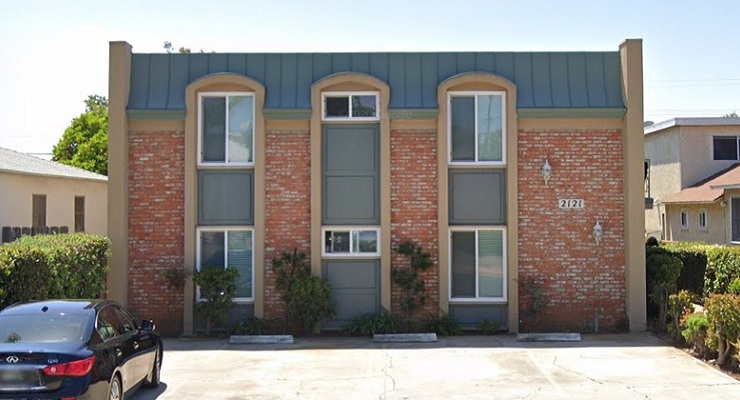
Low inventory, high mortgage rates, and high prices have combined to put the national housing market into a state of unaffordability that’s putting a crunch on house hunters, current homeowners, and real estate investors.
According to a recent story from Yahoo! Finance, the Federal Reserve’s aggressive interest rate hikes over the last 18 months have led to mortgage rates hovering around two-decade highs, but so far home prices haven’t fallen as expected, in response.
As Business Insider noted recently, Goldman’s Housing Affordability Index breached a new record low in August. The gauge is based on household income, housing prices, and mortgage rates. Current homeowners holding low rates are understandably reluctant to risk giving up lower rates they’ve secured, and that keeps homes off the market and leaves buyers with fewer options.
According to Goldman, roughly one-quarter of homeowners are sitting on mortgage rates of less than 3%, near the highest on record.
The Case-Shiller US National Composite Home Price Index also showed home prices climbed for the fifth straight month in June, and now the index is just 0.02% below the all-time high reached last summer. The seasonally-adjusted data showed prices climbed in every single city in the group’s 20-city index.
“As we’ve noted previously, the recovery in home prices is broadly based,” Craig J. Lazzara, managing director at S&P Dow Jone Indices, said. “Over the last 12 months, 10 cities show positive returns. Otherwise,” he said, “half the cities in our sample now sit at all-time high prices.”
After climbing consecutively for five straight weeks, the average 30 year fixed-rate mortgage reported weekly by Freddie Mac ticked down at the end of August but remained above 7%.
While the market generally believes that the Fed will keep their policy rate unchanged in the upcoming September meeting, mortgage rates remain elevated, and the volatility will likely continue until the Fed sends a more decisive message to the market about its next rate move. With costs of borrowing near their record high and housing supply expected to be tight for the remainder of the year, home sales could remain soft in the next couple months.
Thus, it is likely that the Fed may not raise rates in their upcoming September meeting. With mortgage rates remaining elevated despite their downward movement in the past couple of weeks, the Fed’s hike pause would be welcome news for the housing market, according to a recent report by California Association of Realtors (CAR).
Mortgage applications just began rising after five weeks of retreat, and the housing market might build on its momentum if rates continue to move sideways or even decline in the next few weeks, the CAR report noted.
U.S. employers continued to add jobs in August with the nonfarm payrolls rising a solid 187,000 last month, but job growth recorded the third straight month of a sub-200,000 gain. 150,000 jobs were added on average per month, over the last three months, said CAR.
This would represent a decline from the 238,000-average registered between March and May. The unemployment rate also jumped to 3.8% last month.
The dip in employment because of the Writer’s Guild and Screen Actors’ Guild strikes have also contributed to the increase in unemployment.
In addition, the third-quarter survey results from the Chief Human Resources Officer Confidence Index (CHROCI) released over the Labor Day weekend, by the Conference Board show a substantial pullback in workforce expansion plans.
The Q3 Index found that 38% of CHROs expect hiring to increase in the coming months, down from 51% in the Q2 survey. Overall, the Index fell to 55 in Q3, down from 58 in Q2. (A reading of more than 50 points reflects more positive than negative responses.)
“HR leaders are beginning to feel the impact of a weaker outlook for hiring and expansion,” said Diana Scott of The Conference Board Human Capital Center.







